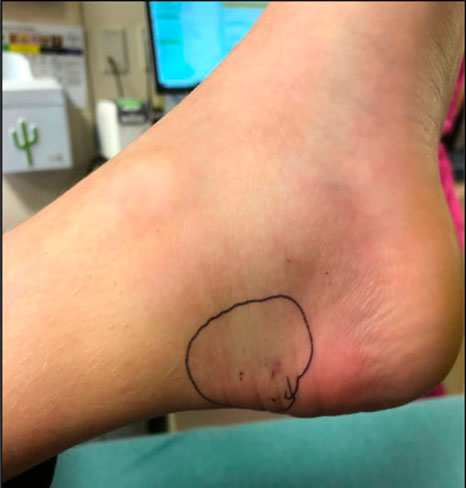By: Justin Assioun, MD, FAAP
Snakes are part of nature in nearly every U.S. state. But that doesn't mean fear of snake bites should slither into your family's outdoor fun.
Of the 120 snake species in the United States, only about 20 are venomous. This means they can release a toxin (poison) from their fangs when they bite. While a bite from a poisonous snake is a serious injury, deaths from venomous snakes are unusual. All snakes can bite, but snakes generally try to avoid people when they can. This includes the most common venomous snakes in the U.S. (see images below).
Still, snake bites can happen, even in places close to home like backyards or walking paths. Flooding or changes in weather can drive snakes to seek dry ground, sometimes bringing them closer to where children play.
Learning when and where bites are most likely to happen—and how to respond—can give you peace of mind as your family enjoys time together outdoors.
Where do most snake bites happen?
Snake bites are most common in natural settings, such as hiking trails, as well as in and around homes—especially those near wooded areas or tall grasses. Flooding of snake burrows can also cause snakes to look for warmer and drier ground.
Most common venomous snakes in the United States
The most common venomous snakes include copperheads, rattlesnakes, coral snakes and cottonmouths (also known as water moccasins).
What does a snake bite look like & what are symptoms?
 Two small puncture wounds about one-half inch apart (sometimes there may be only one fang mark)
Two small puncture wounds about one-half inch apart (sometimes there may be only one fang mark)
Severe pain or burning at the bite site
Rapid swelling
Discoloration (blue or red) or blood-filled blisters
In severe cases, symptoms can include nausea, vomiting, sweating, trouble breathing, muscle twitching and weakness
First aid for snake bites
What to do
Get the child and others away from the snake.
Call EMS and the Poison Help hotline (1-800-222-1222).
Keep the child quiet and the body part where the bite is still. This will help slow the spread of venom. The bitten arm or leg should be kept at or lower than the child's heart.
Remove any rings, bracelets or any other objects from the arm or leg that was bitten, since the affected area might swell.
What to avoid
Do not try to suck out the venom from the bite site.
Do not apply a tourniquet or pressure immobilization bandage above the bite site. This can concentrate the venom near the bite site and lead to more tissue damage.
Do not apply ice, which is generally not recommended for treatment of snake bites.
Do not attempt to catch or kill the snake
A description of the snake that bit your child can be helpful for the medical providers but is not necessary. So, don't delay emergency care or put yourself in harm's way by trying to identify the snake.
Remember
To help avoid snake bites, make sure children know to keep their distance—at least 10 feet, to be safe. Snakes generally will not attack unless they feel threatened. If your child is bitten by a venomous snake, seek medical care right away.
More information
About Dr. Assioun
 Justin Assioun, MD, FAAP, is a Pediatric Emergency Physician at UC San Diego and Rady Children's Hospital. Based in Southern California, he routinely treats pediatric snake bites during the summer months. His professional interests include injury prevention and resuscitation medicine. Outside of the hospital, he enjoys surfing and cycling along the coast. Justin Assioun, MD, FAAP, is a Pediatric Emergency Physician at UC San Diego and Rady Children's Hospital. Based in Southern California, he routinely treats pediatric snake bites during the summer months. His professional interests include injury prevention and resuscitation medicine. Outside of the hospital, he enjoys surfing and cycling along the coast.
|
Snake bite image courtesy Justin Assioun, MD, FAAP